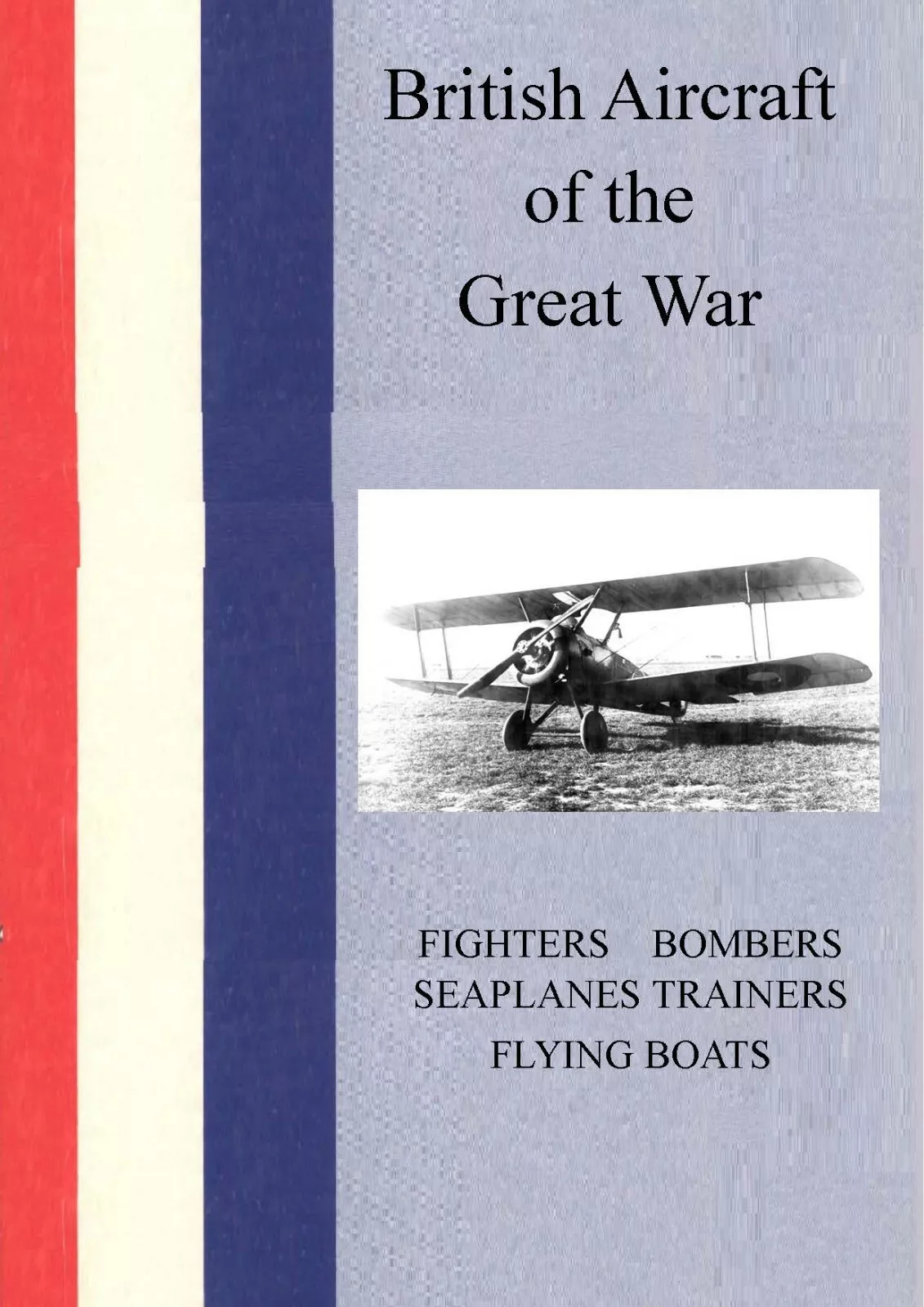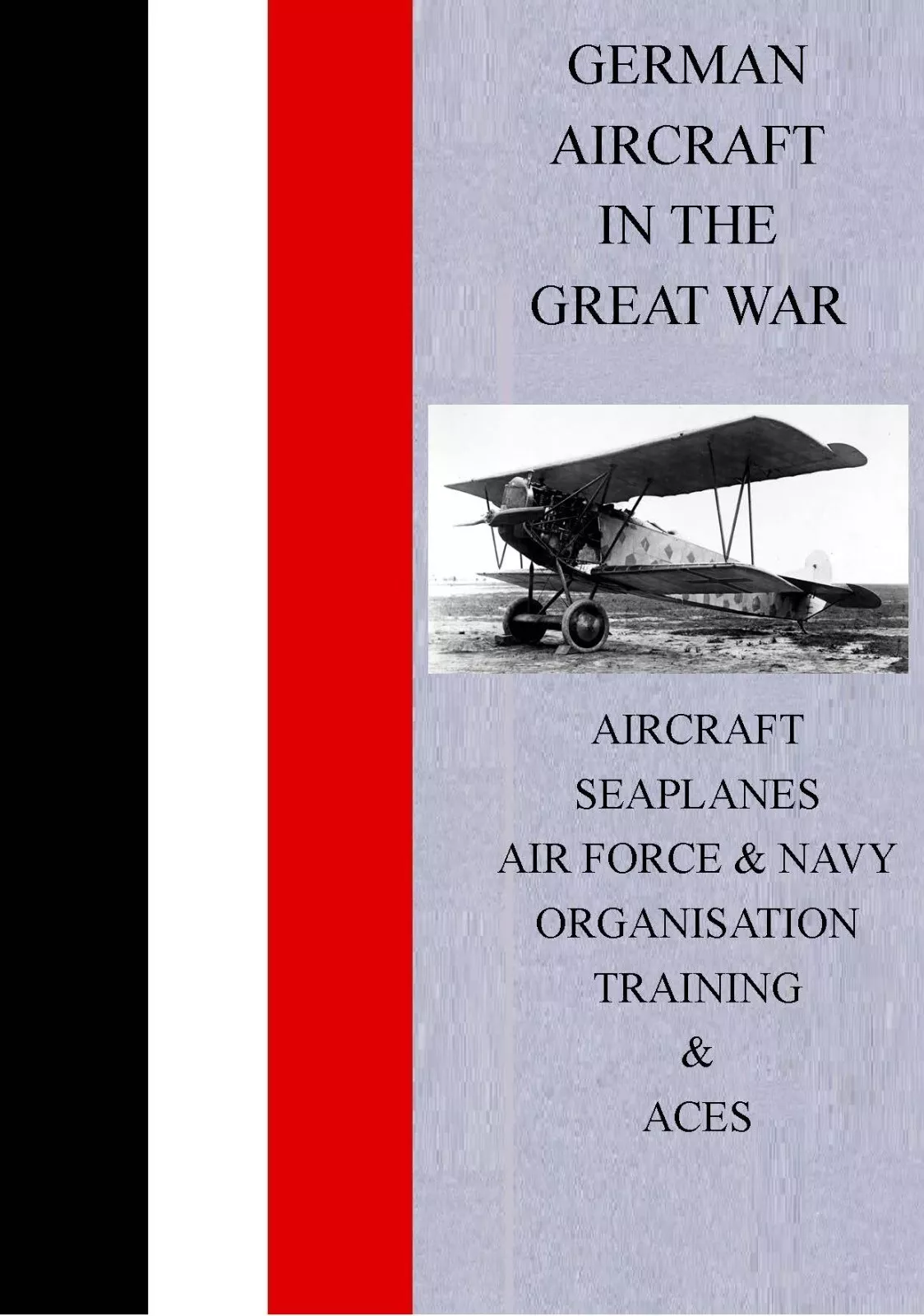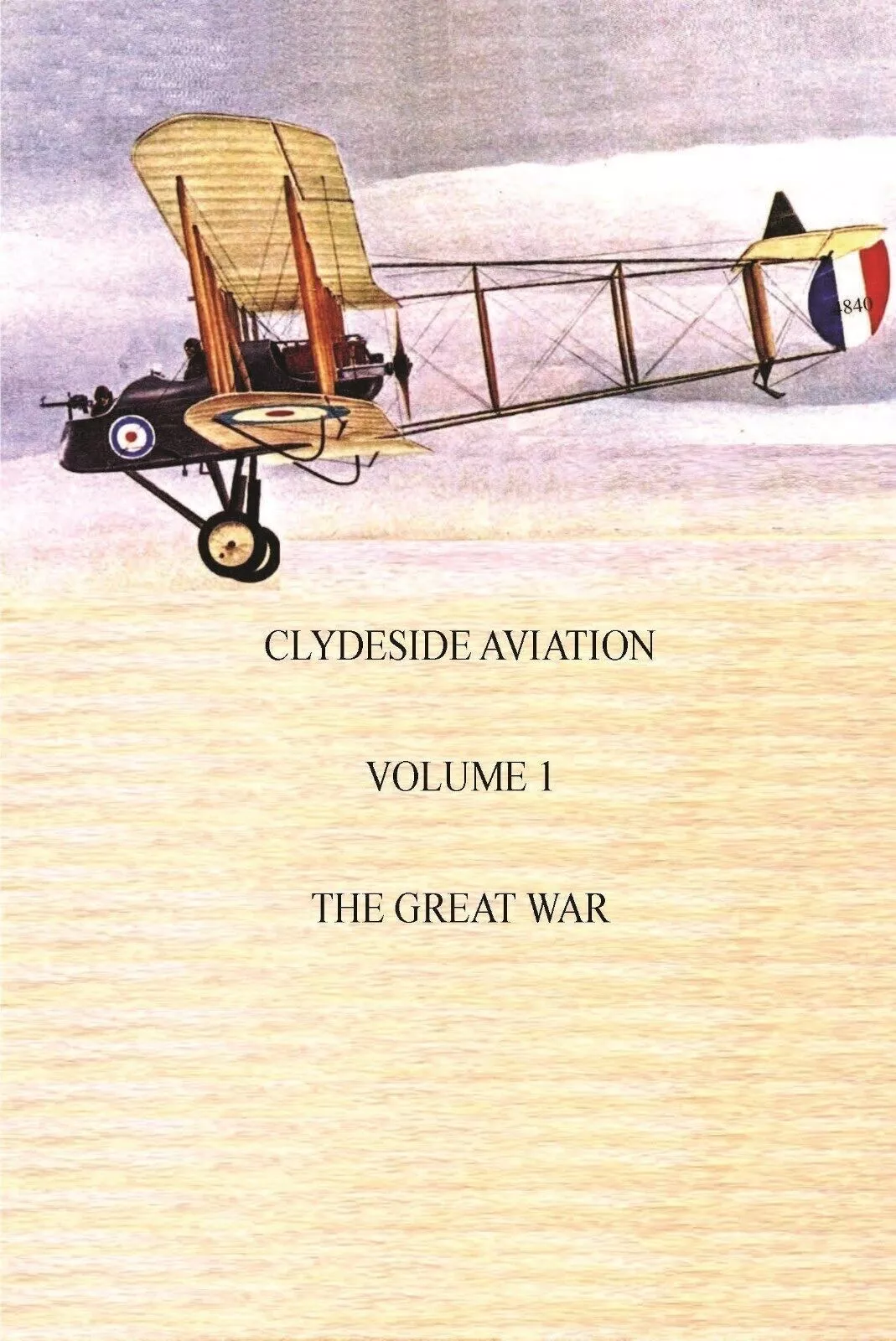The Brisfit re‑examined: design, tactics, sustainment, legacy.
Introduction: The Aggressive Two‑Seat Fighter
The Bristol Fighter F.2B — the “Brisfit” — overturned assumptions about two‑seat aircraft in 1917. Properly flown, it fought like a single‑seat fighter while retaining reconnaissance power and observation. This Enhanced Edition provides a formal, research‑backed account of its conception, structure, engine and systems, armament, gunnery, crew coordination, maintenance and logistics, tactics, operational history, comparisons with contemporaries, and its long legacy in multi‑role doctrine.
A fighter with two minds: pilot’s forward firepower; observer’s situational guard.
Origins and Requirements
The Royal Flying Corps sought a two‑seat aircraft capable of aggressive patrols, escort, and reconnaissance under hostile skies. Early two‑seaters survived by defensive fire and tight formations; the Brisfit was designed to change the grammar of two‑seat fighting from passive to offensive. The design brief emphasised speed, climb, and manoeuvrability with a second gun position that added capability rather than drag alone.
Design and Structure
Chief designer Frank Barnwell’s team balanced strength and weight through a conventional wood‑and‑fabric structure with steel fittings at high‑load joints. Mass was concentrated around the centre of gravity to improve roll response. The centre‑section was robust, the wings braced for stiffness, and the tail volume generous for control authority. Field repairability was a design requirement: spares, fabric, wire, and standard fittings enabled rapid patching near the front.
Aerodynamics and Handling
The Brisfit’s planform gave predictable stall and steady gun platform behaviour in dives. A relatively clean nose and carefully faired fittings reduced drag compared with earlier two‑seaters. Crews praised the aircraft’s willingness to bank and climb when handled assertively, with the caveat that weight and drag management — bombs, cameras, extra drums — affected climb and turning performance.
Powerplant: Rolls‑Royce Falcon
The Falcon V‑12 provided the decisive margin: robust power delivery, responsive throttle, and dependable cooling when cowlings and shutters were managed correctly. Unit practices covered plug inspection, coolant checks, and radiator care; hot‑weather operations demanded attention to mixture and climb schedules. The engine’s reliability underpinned offensive tactics, allowing confident dives and climbs back to altitude.
Power and process: Falcon maintenance discipline sustained availability.
Systems and Crew Equipment
The front cockpit housed primary flight and engine controls; the rear cockpit provided a stable Scarff ring position with stowage for drums and cameras. Communication was by shouted cues, hand signals, and drilled procedures. Camera mounts and simple navigation aids enabled reconnaissance without surrendering fighting posture.
Armament and Fields of Fire
Forward armament comprised a synchronized Vickers gun aligned to deliver stable fire at convergence. Aft, one or two Lewis guns on the Scarff ring covered the upper rear hemisphere. Ammunition management — belt care and drum changes — was drilled. The intent was unity of action: the pilot pressed attacks; the observer controlled the geometry astern, denying enemy aircraft preferred approach arcs.
Geometry of advantage: coordinated cones of fire and disciplined breaks.
Gunnery, Crew Coordination, and Procedures
Conversion training emphasised that the Brisfit must not fly straight and level to give the observer a steady platform; that habit cost early crews dearly. Pilots attacked as if in a single‑seater — dive, fire, climb, reposition — while the observer scanned and covered blind arcs, called contacts, and suppressed pursuers with short, accurate bursts. The best crews developed quiet, repeatable routines: pre‑engagement checks, timing of drum changes, and mutual cueing during breaks.
Operations and Sustainment
Sortie generation depended on spares, fabric work, and engine husbandry. Forward depots supplied dope, wire, spars, and standard fittings. Daily rigging checks confirmed alignment and control run freedom; gun synchronization was tested before patrols. Operational records show that availability emerged from many small disciplines: clean belts, sound rigging, proper coolant levels, and systematic inspections.
Tactics and Engagements
Offensive patrols exploited altitude and sun position; the Brisfit’s dive performance allowed rapid, decisive passes. Escort missions paired Brisfits to interlock rear arcs, making stern attacks costly for opponents. In mixed fights, pilots used steep climbing turns and energy management to avoid slow, flat manoeuvres where extra weight would tell. The most effective crews treated the aircraft as an energy fighter with an insurance policy astern.
Units, Training, and Early Lessons
Operational squadrons transitioned from defensive patterns to aggressive tactics during 1917. Early losses taught the core lesson: fly it like a fighter. Subsequent formation SOPs and briefing cards encoded best practice — a cultural shift that transformed results within months.
Maintenance Culture and Field Repairs
Repair teams kept fabric taut, structures sound, and engines within operating limits. Standardisation of fittings and traveller sheets made dispersed maintenance practical. Where battle damage was light, airframes returned to service rapidly; heavier strikes moved to workshops for spar and rib work. Reliability was an outcome of documentation and trained hands as much as design.
Comparisons with Contemporaries
Against German Albatros and Pfalz fighters, the Brisfit’s speed and climb compared well; its decisive edge was the second pair of eyes and the ability to punish stern approaches. Compared with Allied two‑seaters, it reversed expectations: rather than endure pursuit, it initiated combat and survived by dictating terms.
Case Studies and Crew Accounts
Squadron reports describe successful engagements where pilots attacked head‑on or in slashing dives while observers disrupted pursuers with disciplined bursts. The aircraft could absorb punishment yet remained responsive when rigging was kept tight and the engine properly managed. These accounts align with the broader shift in two‑seat fighting doctrine during 1917–1918.
Longevity by design: repairable structure, reliable engine, and trained crews.
Legacy and Influence
The Brisfit validated the offensive two‑seat fighter. Lessons in crew coordination, maintenance practice, and armament management flowed into later multi‑role doctrine and training. Its long post‑war service confirmed robustness and adaptability across climates and roles, from patrol to policing, where reliability and repairability mattered as much as peak speed.
Related Books and Articles
- British Aircraft of the Great War: RFC & RNAS Development
- Sopwith Camel: WWI Fighter
- British Aircraft of the Great War (Book)
- Aviation Manufacturing in Wartime
Conclusion
The Brisfit’s achievement lies in integration: airframe agility, reliable power, coordinated armament, trained crews, and maintainable structure. Its record stands as a study in how concept, engineering, and operations combine to create combat power — a lesson with modern relevance wherever multi‑role aircraft and crew coordination determine outcomes.


